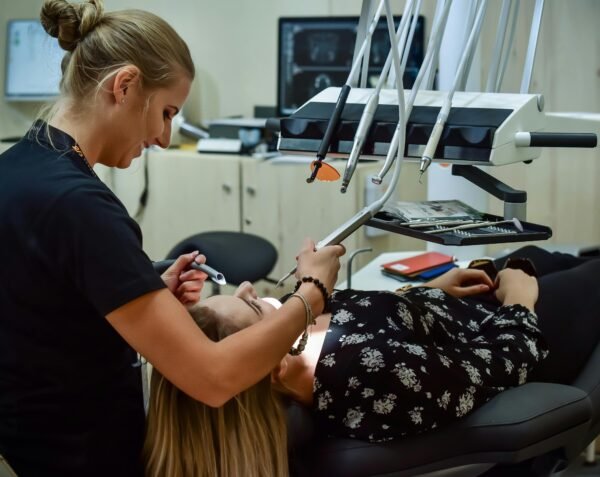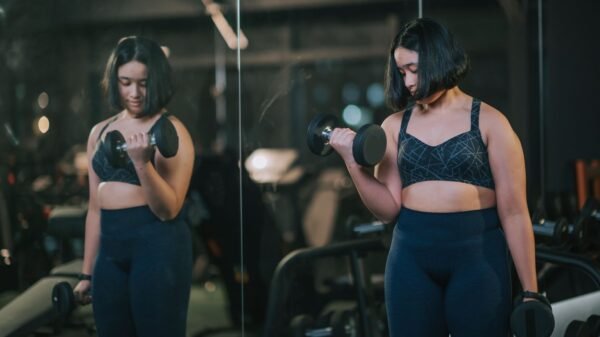
Personal Trainer Shares Tips on How to Keep Up With Fitness Goals in Just 30-Minutes

With summer in full swing and the temperature seemingly getting warmer by the day, you might be struggling to find the motivation to fit in a workout in the heat – despite trying to get summer holiday ready.
Here, we have worked with Ray Gabriel-Anyassor (Personal Trainer at Fitness First Bishopsgate) to give you his expert advice on the best short exercise routines to squeeze in during a 30-minute lunch break.
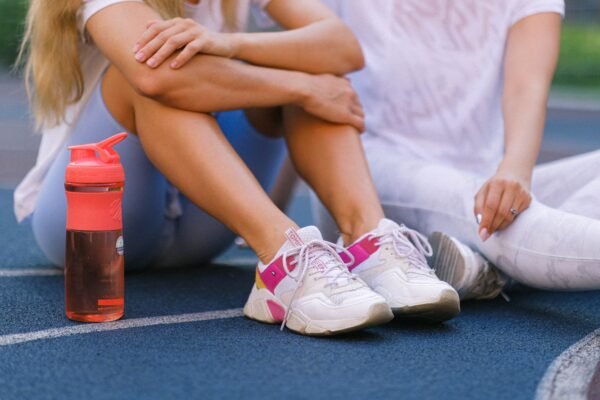
Gabriel also tells us how to recognise the signs of heat-related exercise sickness and how to properly hydrate to avoid them:
“If you’re working from home, you most likely have limited time to squeeze in a quick lunchtime workout. When you’re tight on time, it’s important to maximise your workout efficiency to ensure that you still stay on top of your fitness or weight loss goals.
“Here are a few exercise routines that can be done within a 30-minute lunch break and will even ensure you get a bit of sunlight while you do it:
“High-Intensity Interval Training (HIIT) workouts are short, intense bursts of exercise followed by brief rest periods. If your goal is to lose weight, this is the perfect routine as they are effective for burning calories while improving cardiovascular fitness. You can perform exercises like burpees, jumping jacks, mountain climbers, and squat jumps in a circuit format. Alternate between 30 seconds of high-intensity exercise and 15-20 seconds of rest, repeating the circuit for a total of 10-15 minutes.”
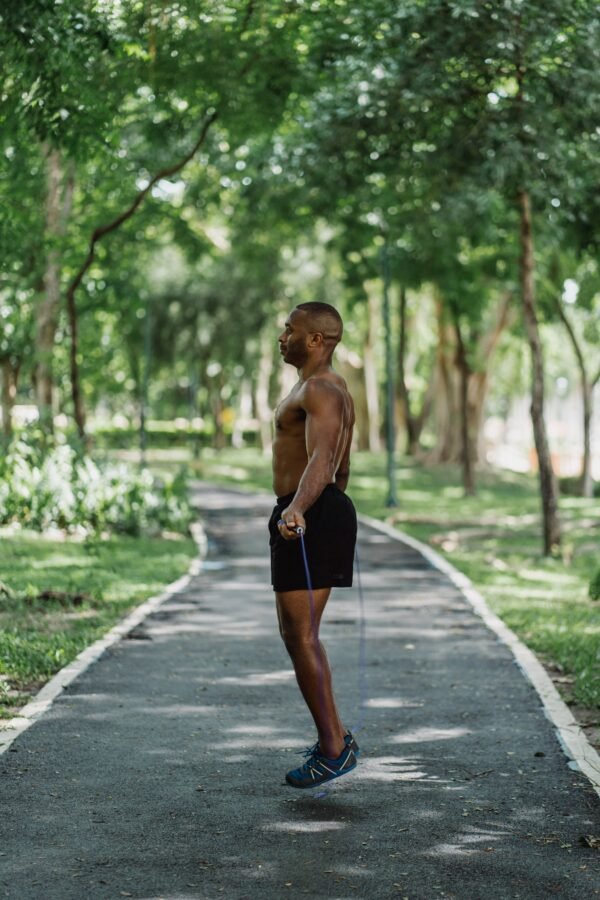
“Another way to maximise your 30-minute lunch break is by creating a circuit of different exercises targeting different muscle groups. Perform each exercise for a set amount of time (e.g., 45 seconds) with minimal rest in between. Choose exercises like push-ups, lunges, planks, dumbbell curls, and tricep dips. Complete 2-3 rounds of the circuit, focusing on maintaining proper form and challenging yourself.”
“Another form of HIIT workouts is Tabata which follows a specific structure. Choose one or two exercises, such as squats, jumping rope, or kettlebell swings. Perform the exercise at maximum intensity for 20 seconds, followed by 10 seconds of rest. Repeat this cycle for a total of 8 rounds (4 minutes). You can choose multiple exercises and rotate between them for a more varied Tabata workout.”
“If you have access to an outdoor space, one of the easiest and quickest ways to squeeze in a workout is by doing a quick cardio session during your lunch break. You can choose activities like running or cycling for a 20-minute cardio session. Focus on maintaining a moderate to high intensity to maximise the benefits.”
“If you’ve had a stressful day and are struggling to find the motivation to do a workout, a more relaxing, low impact workout such as stretching or a short yoga session might be what you’re looking for. Focus on stretching your major muscle groups, targeting areas like your back, hips, shoulders, and legs. This can help improve flexibility, release tension, and promote relaxation.”

“However, while it’s important to keep your body active for a number of reasons, working out during hot, summer days, could cause heat-related exercise sickness. Some of the signs to look out for are: “
- “Heat cramps — These are the least severe out of the three different sicknesses that a person can get when their body is too hot. Heat cramps are painful, involuntary muscle spasms that occur during heavy exercise, typically in a hot environment. Due to fatigue in the muscles, your calves, thighs and shoulders are the most at risk from suffering from heat cramps.
- Heat exhaustion — Heat exhaustion can occur after you’ve been exposed to high temperatures and often goes hand in hand with dehydration. Some of the main signs of heat exhaustion that you should watch out for include: Excessive thirst, Weakness, Headaches, Loss of consciousness, Nausea and vomiting, Muscle cramps, Dizziness.
- Heatstroke — The most serious form of heat injury, heatstroke can occur if your body temperature rises above 40°C. Heatstroke must be treated quickly as it can rapidly damage your brain, heart, kidneys and muscles. The longer treatment is delayed, the bigger the increase in the risk of serious complications or death.”
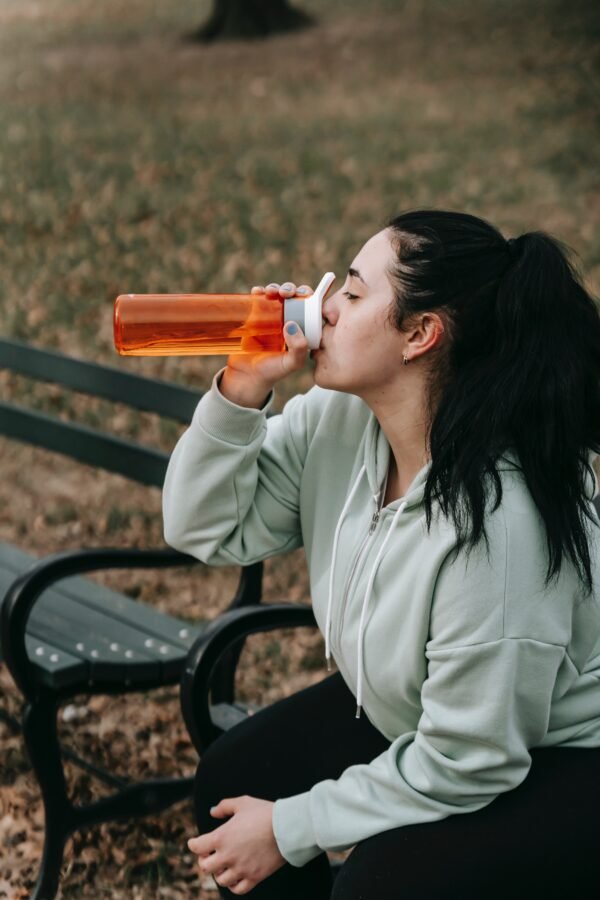
“When you’re working out, you can lose a lot of fluid, so to prevent any form of heat-related exercise sickness, it’s important to make sure that you’re properly hydrated pre and post-workout. Here are some tips on how to stay properly hydrated:”
- “Drink water before, during, and after exercise: Start hydrating well before your workout by drinking 500-600 ml of water 1-2 hours before exercising. During your workout, sip water and creatine drink regularly, aiming for 200-300 ml every 10-20 minutes. Afterward, continue drinking water to replenish fluids lost during exercise.
- Wear lightweight, breathable, moisture-wicking clothing that allows sweat to evaporate and helps keep you cool. Consider wearing a hat or visor to protect your head and face from direct sunlight.
- Pay attention to symptoms of dehydration, such as excessive thirst, dry mouth, dizziness and fatigue. If you experience any of these signs, take a break, hydrate, and consider stopping the workout if necessary.”












































